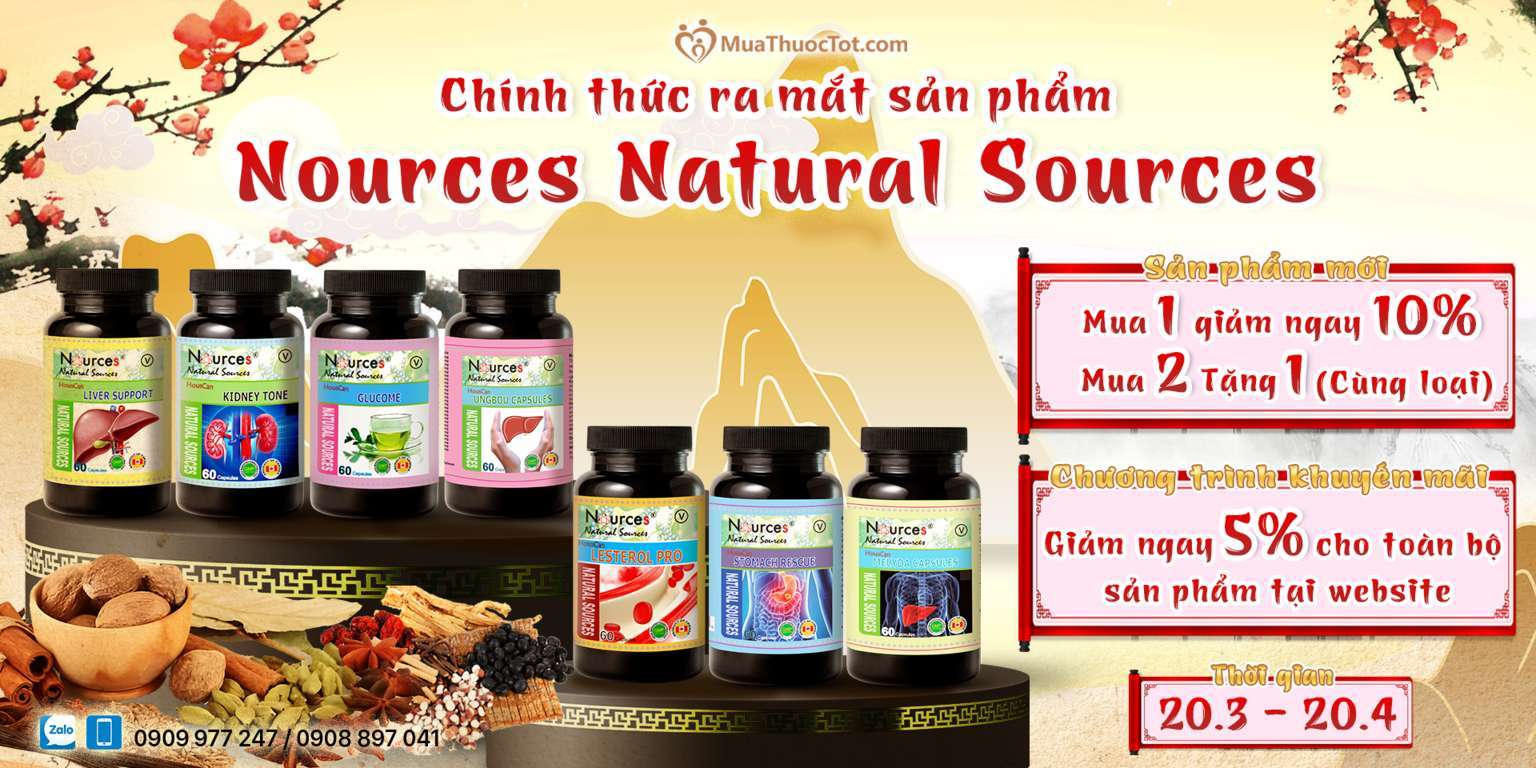-
 Thanh toán đa dạng, linh hoạtChuyển khoản ngân hàng, thanh toán tại nhà...
Thanh toán đa dạng, linh hoạtChuyển khoản ngân hàng, thanh toán tại nhà... -
 Miễn Phí vận chuyển 53 tỉnh thànhMiễn phí vận chuyển đối với đơn hàng trên 1 triệu
Miễn Phí vận chuyển 53 tỉnh thànhMiễn phí vận chuyển đối với đơn hàng trên 1 triệu -
 Yên Tâm mua sắmHoàn tiền trong vòng 7 ngày...
Yên Tâm mua sắmHoàn tiền trong vòng 7 ngày...

- Publisher:Ballantine Books; Illustrated edition (March 26, 2019)
- Language:English
- Hardcover:304 pages
- ISBN-10:198481706X
- ISBN-13:978-1984817068
- Item Weight:1.15 pounds
- Dimensions:9.25 x 6.12 x 0.75 inches
- Best Sellers Rank:#117,606 in Books (See Top 100 in Books) #430 in Stress Management Self-Help #490 in General Women's Health #863 in Women's Studies (Books)
- Customer Reviews:4.6 out of 5 stars 7,117Reviews
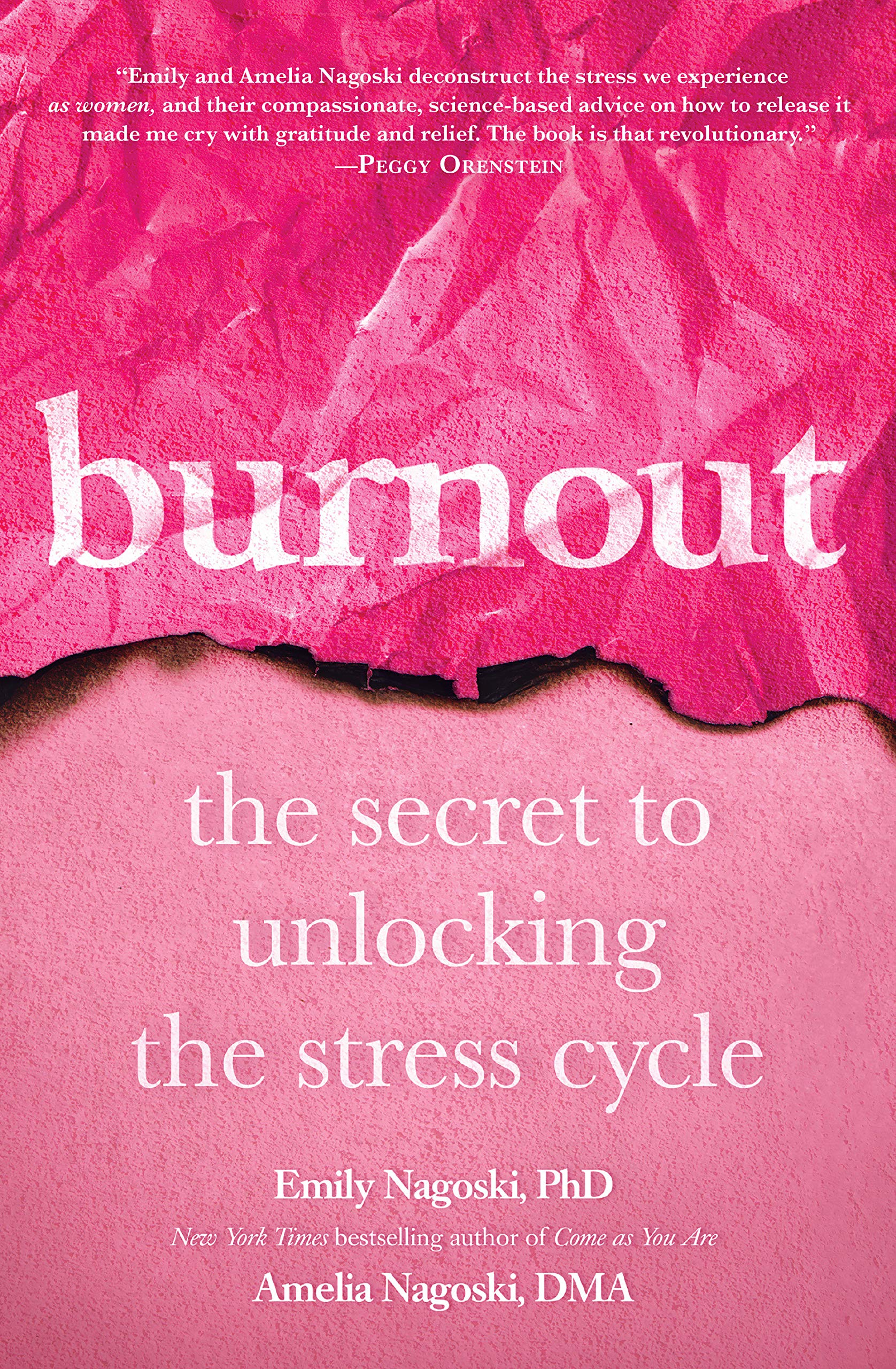
Mô tả sản phẩm
From the Publisher
Praise for Burnout:



Product Description
NEW YORK TIMES BESTSELLER • “This book is a gift! I’ve been practicing their strategies, and it’s a total game-changer.”—Brené Brown, PhD, author of the #1 New York Times bestseller Dare to Lead
This groundbreaking book explains why women experience burnout differently than men—and provides a simple, science-based plan to help women minimize stress, manage emotions, and live a more joyful life.
Burnout. Many women in America have experienced it. What’s expected of women and what it’s really like to be a woman in today’s world are two very different things—and women exhaust themselves trying to close the gap between them. How can you “love your body” when every magazine cover has ten diet tips for becoming “your best self”? How do you “lean in” at work when you’re already operating at 110 percent and aren’t recognized for it? How can you live happily and healthily in a sexist world that is constantly telling you you’re too fat, too needy, too noisy, and too selfish?
Sisters Emily Nagoski, PhD, and Amelia Nagoski, DMA, are here to help end the cycle of feeling overwhelmed and exhausted. Instead of asking us to ignore the very real obstacles and societal pressures that stand between women and well-being, they explain with compassion and optimism what we’re up against—and show us how to fight back. In these pages you’ll learn
• what you can do to complete the biological stress cycle—and return your body to a state of relaxation
• how to manage the “monitor” in your brain that regulates the emotion of frustration
• how the Bikini Industrial Complex makes it difficult for women to love their bodies—and how to defend yourself against it
• why rest, human connection, and befriending your inner critic are keys to recovering and preventing burnout
With the help of eye-opening science, prescriptive advice, and helpful worksheets and exercises, all women will find something transformative in these pages—and will be empowered to create positive change. Emily and Amelia aren’t here to preach the broad platitudes of expensive self-care or insist that we strive for the impossible goal of “having it all.” Instead, they tell us that we are enough, just as we are—and that wellness, true wellness, is within our reach.
NAMED ONE OF THE BEST BOOKS OF THE YEAR BY BOOKRIOT
“Burnout is the gold standard of self-help books, delivering cutting-edge science with energy, empathy, and wit. The authors know exactly what’s going on inside your frazzled brain and body, and exactly what you can do to fix it. . . . Truly life-changing.”—Sarah Knight, New York Times bestselling author of Calm the F*ck Down
Review
“I am calmer just reading this book! If you feel burned out, Patricia Bannan gets you and dishes up totally realistic solutions with humor, compassion, and expertise in the kitchen and beyond. Be your own best friend and get yourself a copy!” —Ellie Krieger, RD, TV personality and bestselling cookbook author
“The wealth of thoughtful, thorough, insightful recommendations here is like cool water for a burning thirst. I relish the idea of people reading this wise book and finding real and lasting relief.” —David L. Katz, MD, MPH, Past President, American College of Lifestyle Medicine
“If you feel overwhelmed and exhausted—and who doesn’t?—this is the book for you. With tasty recipes, beautiful photos, and genius tips, From Burnout to Balance will put you on the path to a life that feels good.” —Maya Feller, MS, RD, CDN, author of The Southern Comfort Food Diabetes Cookbook
“In this book, Patricia Bannan arms you with all the tools and information needed to fight burnout and feel like yourself again. The advice, lists, meal plans, and super simple (and delicious) recipes are a roadmap to taking back control of your life.” —Rocco DiSpirito, New York Times bestselling author of Rocco’s Keto Comfort Food Diet
“Burnout is the gold standard of self-help books, delivering cutting-edge science with energy, empathy, and wit. The authors know exactly what’s going on inside your frazzled brain and body, and exactly what you can do to fix it. . . . Truly life-changing.”—Sarah Knight, New York Times bestselling author of Calm the F*ck Down
“In Burnout, Emily and Amelia Nagoski deconstruct the stress we experience as women, and their compassionate, science-based advice on how to release it made me cry with gratitude and relief. Repeatedly. In public. The book is that revolutionary and its authors that wonderful and wise.”—Peggy Orenstein, New York Times bestselling author of Girls & Sex: Navigating the Complicated New Landscape
“Reading Burnout, I knew this was not just another self-help book that keeps us trapped by the idea of female inadequacy. It turns our struggle with stress on its head and paves a meaningful path to what the authors call ‘growing mighty’ by bravely dropping in thoroughly contemporary and refreshing truth bombs, like, yeah, the patriarchal system is the issue, and goddamn it’s time we play by our own rules!”—Sarah Wilson, New York Times bestselling author of First, We Make the Beast Beautiful
“The first sentence of Burnout says, ‘This is a book is for any woman who has felt overwhelmed and exhausted by everything she had to do, and yet still worried she was not doing “enough.”’ (I raised my hand in bed.) Emily Nagoski [and] her twin sister, Amelia, teamed up to write about how to combat stress, and they have a gift for making the self-help genre not make you want to poke your eyes out.”—Cup of Jo
About the Author
Emily Nagoski is the award-winning author of the New York Times bestseller Come as You Are: The Surprising New Science That Will Transform Your Sex Life. She has a MS in counseling and a PhD in health behavior, both from Indiana University.
Amelia Nagoski holds a conductor with a DMA in conducting from the University of Connecticut. An assistant professor and coordinator of music at Western New England University, she regularly presents educational sessions discussing the application of communications science and psychological research for audiences of other professional musicians, including “Beyond Burnout Prevention: Embodied Wellness for Conductors.”
Excerpt. © Reprinted by permission. All rights reserved.
This is a book for any woman who has felt overwhelmed and exhausted by everything she had to do, and yet still worried she was not doing “enough.” Which is every woman we know—including us.
You’ve heard the usual advice over and over: exercise, green smoothies, self-compassion, coloring books, mindfulness, bubble baths, gratitude. . . . You’ve probably tried a lot of it. So have we. And sometimes it helps, at least for a while. But then the kids are struggling in school or our partner needs support through a difficulty or a new work project lands in our laps, and we think, I’ll do the self-care thing as soon as I finish this.
The problem is not that women don’t try. On the contrary, we’re trying all the time, to do and be all the things everyone demands from us. And we will try anything—any green smoothie, any deep-breathing exercise, any coloring book or bath bomb, any retreat or vacation we can shoehorn into our schedules—to be what our work and our family and our world demand. We try to put on our own oxygen mask before assisting others. And then along comes another struggling kid or terrible boss or difficult semester.
The problem is not that we aren’t trying. The problem isn’t even that we don’t know how. The problem is the world has turned “wellness” into yet another goal everyone “should” strive for, but only people with time and money and nannies and yachts and Oprah’s phone number can actually achieve.
So this book is different from anything else you’ll read about burnout. We’ll figure out what wellness can look like in your actual real life, and we’ll confront the barriers that stand between you and your own well-being. We’ll put those barriers in context, like landmarks on a map, so we can find paths around and over and through them—or sometimes just blow them to smithereens.
With science.
Who We Are and Why We Wrote Burnout
Emily is a health educator with a PhD and a New York Times bestselling book, Come as You Are: The Surprising New Science That Will Transform Your Sex Life. When she was traveling all over talking about that book, readers kept telling her the most life-changing information in the book wasn’t the sex science; it was those sections about stress and emotion processing.
When she told her identical twin sister, Amelia, a choral conductor, Amelia blinked like that was obvious. “Of course. Nobody teaches us how to feel our feelings. Hell, I was taught. Any conservatory-trained musician learns to feel feelings singing on stages or standing on podiums. But that didn’t mean I knew how to do it in the real world. And when I finally learned, it probably saved my life,” she said.
“Twice,” she added.
And Emily, recalling how it felt to watch her sister crying in a hospital gown, said, “We should write a book about that.”
Amelia agreed, saying, “A book about that would’ve made my life a lot better.”
This is that book.
It turned into a lot more than a book about stress. Above all, it became a book about connection. We humans are not built to do big things alone, we are built to work together. That’s what we wrote about, and it’s how we wrote it.
IT’S THE EMOTIONAL EXHAUSTION
When we told women we were writing a book called Burnout, nobody ever asked, “What’s burnout?” (Mostly what they said was, “Is it out yet? Can I read it?”) We all have an intuitive sense of what “burnout” is; we know how it feels in our bodies and how our emotions crumble in the grip of it. But when it was first coined as a technical term by Herbert Freudenberger in 1975, “burnout” was defined by three components:
1. emotional exhaustion—the fatigue that comes from caring too much, for too long;
2. depersonalization—the depletion of empathy, car- ing, and compassion; and
3. decreased sense of accomplishment—an unconquerable sense of futility: feeling that nothing you do makes any difference.
And here’s an understatement: Burnout is highly prevalent. Twenty to thirty percent of teachers in America have moderately high to high levels of burnout. Similar rates are found among university professors and international humanitarian aid workers. Among medical professionals, burnout can be as high as 52 percent. Nearly all the research on burnout is on professional burnout—specifically “people who help people,” like teachers and nurses—but a growing area of research is “parental burnout.”
In the forty years since the original formulation, research has found it’s the first element in burnout, emotional exhaustion, that’s most strongly linked to negative impacts on our health, relationships, and work—especially for women.
So what exactly is an “emotion,” and how do you exhaust it?
Emotions, at their most basic level, involve the release of neurochemicals in the brain, in response to some stimulus. You see the person you have a crush on across the room, your brain releases a bunch of chemicals, and that triggers a cascade of physiological changes—your heart beats faster, your hormones shift, and your stomach utters. You take a deep breath and sigh. Your facial expression changes; maybe you blush; even the timbre of your voice becomes warmer. Your thoughts shift to memories of the crush and fantasies about the future, and you suddenly feel an urge to cross the room and say hi. Just about every system in your body responds to the chemical and electrical cascade activated by the sight of the person.
That’s emotion. It’s automatic and instantaneous. It happens everywhere, and it affects everything. And it’s happening all the time—we feel many different emotions simultaneously, even in response to one stimulus. You may feel an urge to approach your crush, but also, simultaneously, feel an urge to turn away and pretend you didn’t notice them.
Left to their own devices, emotions—these instantaneous, whole-body reactions to some stimulus—will end on their own. Your attention shifts from your crush to some other topic, and the flush of infatuation eases, until that certain special someone crosses your mind or your path once more. The same goes for the jolt of pain you feel when someone is cruel to you or the ash of disgust when you smell something unpleasant. They just end.
In short, emotions are tunnels. If you go all the way through them, you get to the light at the end.
Exhaustion happens when we get stuck in an emotion.
- Mua astaxanthin uống có tốt không? Mua ở đâu? 29/10/2018
- Saffron (nhụy hoa nghệ tây) uống như thế nào cho hợp lý? 29/09/2018
- Saffron (nghệ tây) làm đẹp như thế nào? 28/09/2018
- Giải đáp những thắc mắc về viên uống sinh lý Fuji Sumo 14/09/2018
- Công dụng tuyệt vời từ tinh chất tỏi với sức khỏe 12/09/2018
- Mua collagen 82X chính hãng ở đâu? 26/07/2018
- NueGlow mua ở đâu giá chính hãng bao nhiêu? 04/07/2018
- Fucoidan Chính hãng Nhật Bản giá bao nhiêu? 18/05/2018
- Top 5 loại thuốc trị sẹo tốt nhất, hiệu quả với cả sẹo lâu năm 20/03/2018
- Footer chi tiết bài viết 09/03/2018
- Mã vạch không thể phân biệt hàng chính hãng hay hàng giả 10/05/2023
- Thuốc trắng da Ivory Caps chính hãng giá bao nhiêu? Mua ở đâu? 08/12/2022
- Nên thoa kem trắng da body vào lúc nào để đạt hiệu quả cao? 07/12/2022
- Tiêm trắng da toàn thân giá bao nhiêu? Có an toàn không? 06/12/2022
- Top 3 kem dưỡng trắng da được ưa chuộng nhất hiện nay 05/12/2022
- Uống vitamin C có trắng da không? Nên uống như thế nào? 03/12/2022
- [email protected]
- Hotline: 0909977247
- Hotline: 0908897041
- 8h - 17h Từ Thứ 2 - Thứ 7
Đăng ký nhận thông tin qua email để nhận được hàng triệu ưu đãi từ Muathuoctot.com
Tạp chí sức khỏe làm đẹp, Kem chống nắng nào tốt nhất hiện nay Thuoc giam can an toan hiện nay, thuoc collagen, thuoc Dong trung ha thao , thuoc giam can LIC, thuoc shark cartilage thuoc collagen youtheory dau ca omega 3 tot nhat, dong trung ha thao aloha cua my, kem tri seo hieu qua, C ollagen shiseido enriched, và collagen shiseido dạng viên , Collagen de happy ngăn chặn quá trình lão hóa, mua hang tren thuoc virility pills vp-rx tri roi loan cuong duong, vitamin e 400, dieu tri bang thuoc fucoidan, kem chống nhăn vùng mắt, dịch vụ giao hang nhanh nội thành, crest 3d white, fine pure collagen, nên mua collagen shiseido ở đâu, làm sáng mắt, dịch vụ cho thue kho lẻ tại tphcm, thực phẩm tăng cường sinh lý nam, thuoc prenatal bổ sung dinh dưỡng, kem đánh răng crest 3d white, hỗ trợ điều trị tim mạch, thuốc trắng da hiệu quả giúp phục hồi da. thuốc mọc tóc biotin







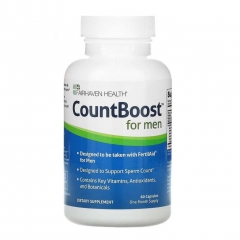

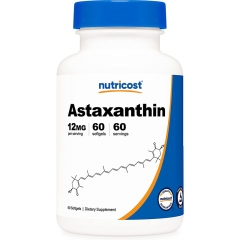

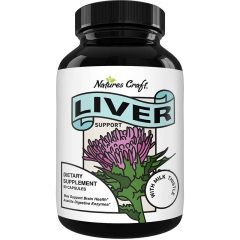
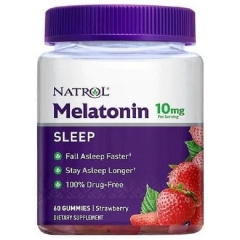


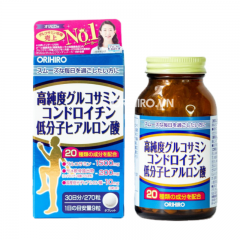
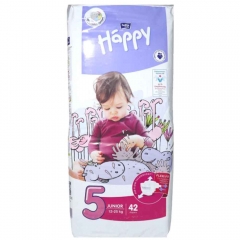







 KHUYẾN MÃI LỚN
KHUYẾN MÃI LỚN Hỗ Trợ Xương Khớp
Hỗ Trợ Xương Khớp Bổ Não & Tăng cường Trí Nhớ
Bổ Não & Tăng cường Trí Nhớ Bổ Sung Collagen & Làm Đẹp
Bổ Sung Collagen & Làm Đẹp Bổ Thận, Mát Gan & Giải Độc
Bổ Thận, Mát Gan & Giải Độc Chăm Sóc Sức khỏe Nam Giới
Chăm Sóc Sức khỏe Nam Giới Chăm Sóc Sức khỏe Nữ Giới
Chăm Sóc Sức khỏe Nữ Giới Chăm sóc Sức khỏe Trẻ Em
Chăm sóc Sức khỏe Trẻ Em Thực Phẩm Giảm Cân, Ăn Kiêng
Thực Phẩm Giảm Cân, Ăn Kiêng Bổ Sung Vitamin & Khoáng Chất
Bổ Sung Vitamin & Khoáng Chất Bổ Tim Mạch, Huyết Áp & Mỡ Máu
Bổ Tim Mạch, Huyết Áp & Mỡ Máu Bổ Mắt & Tăng cường Thị lực
Bổ Mắt & Tăng cường Thị lực Điều Trị Tai Mũi Họng
Điều Trị Tai Mũi Họng Sức Khỏe Hệ Tiêu hóa
Sức Khỏe Hệ Tiêu hóa Chăm Sóc Răng Miệng
Chăm Sóc Răng Miệng Chống Oxy Hóa & Tảo Biển.
Chống Oxy Hóa & Tảo Biển.